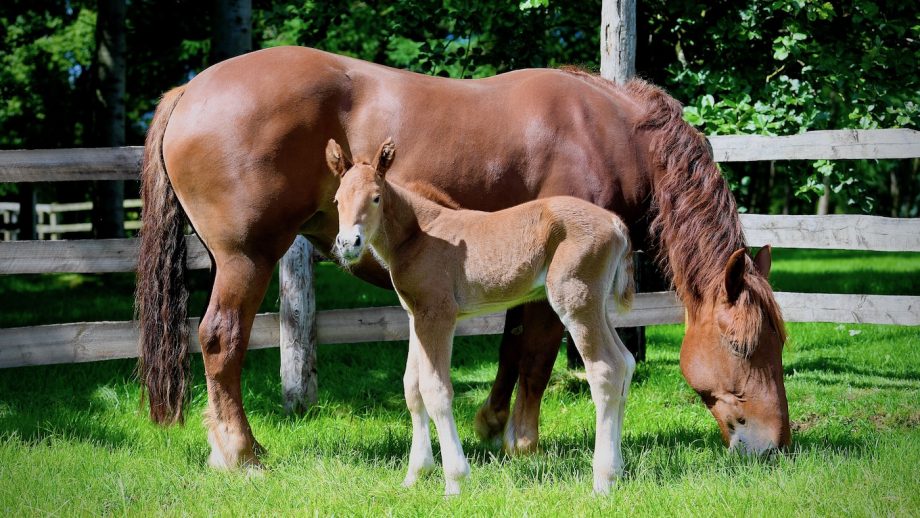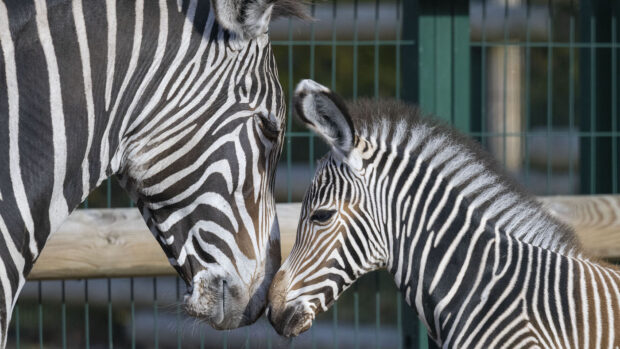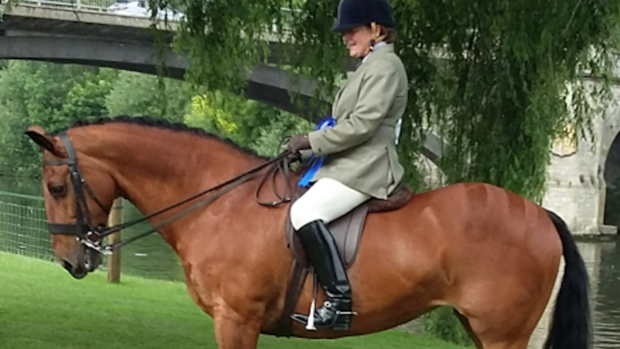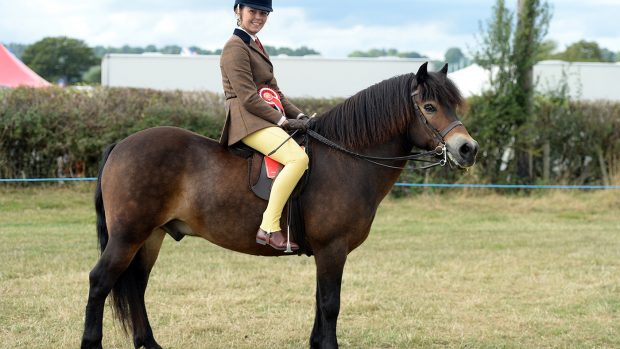Riders are urged not to overlook native breeds if they want to compete; as industry experts say celebrating all our rare breeds are capable of is key to securing their survival
CELEBRATING the range of jobs native breeds can do is key if rare equines are to survive and thrive in today’s world.
The call came at the Rare Breeds Survival Trust (RBST) Scotland “Back to the Future” virtual conference on 31 March.
Andrea Parry-Jones, RBST farm park project officer, urged people not to “overlook” native breeds for competition.
“People believe they need a sport horse or a warmblood, or something big and flashy these days to compete, but they don’t,” she said.
“I know plenty of Highland ponies, for instance, who do dressage, they hunt, show, work and they make brilliant child’s ponies – anybody’s ride – and they have the intelligence and surefootedness to do the job.
“There are Welsh ponies competing at international level dressage, but often people think because they are native, and smaller, they won’t necessarily do the job. I’ve found that locally, whether or not it’s true everywhere.
“They’ve had to evolve to survive in the environment, they have intelligence, there’s been proof that they problem-solve – Exmoors are well known for breaking the ice on frozen rivers and lakes, and they can transfer that intelligence and problem-solving ability into daily work. They are perfectly capable of riding, driving, they are used as therapy ponies – they can turn their hooves to anything, but they often only get thought of as conservation grazers.”
Ms Parry-Jones added that good marketing of the non-native Konik pony means they are often the first hit on search engines looking for conservation grazers and the UK’s equines need more publicity.
“[The Koniks] have the reputation that they are better suited to our wetland grounds than any of our natives, which isn’t true,” she said, adding there is “no reason not to be using” British native breeds for conservation.
“The Exmoor is quite capable of living on boggy ground, as long as they have somewhere dry to stand and available shelter. A lot of rewilders believe [Koniks] are better suited when the Exmoor, Dartmoor, Fell, Highland are all adapted to our climate, and capable of surviving in it or they wouldn’t be here.
“Yes some natives are larger, but some ground would demand a larger pony. There’s been success with Eriskays in conservation grazing, New Forests, Highlands, Fells, Dales – I don’t think there’s one of our native breeds that hasn’t been successfully used in some area.”
She urged people to contact the RBST, breed societies and grazing trusts if they are struggling to find suitable ponies for conservation grazing.
Other issues raised at the conference centered on the farming community and included the importance of marketing the positives of native produce, including the ecological and biodiversity benefits as well as high welfare status. This also linked to the importance of local slaughterhouses.
The conference also marked the launch of RBST Scotland’s manifesto for a resurgence of native livestock and equine breeds, including a six-point plan it wants the new Scottish government to take, focusing on commercial, environmental and cultural benefits.
The first point is recognising that native livestock and equines have a key role.
“Native livestock and equines are a part of Scoltand’s biodiversity in just the same way as wild animals,” said RBST chief executive Christopher Price.
“The breeds were bred to provide particular benefits in particular locations, and as a result, they are the ultimate ecosystem service providers.
“We expect governments to support our wildlife and build heritage; Scottish government should support its livestock heritage, too.”
You might also be interested in…

How a cloned Przewalski’s foal could help save species from extinction *H&H Plus*

Seven equine breeds classed as ‘highest concern’ in Rare Breeds Survival Trust watchlist
The 2021/22 watchlist, published this week (8 April), has been updated with new categories: priority, at risk, UK native breeds

We must act now to save our equine heritage

Equine breeding tech could save wild animals from extinction
“I feel incredibly honoured to be able to do this. I absolutely love it”

Your breed needs you: push to save our rare horses *H&H Plus*





